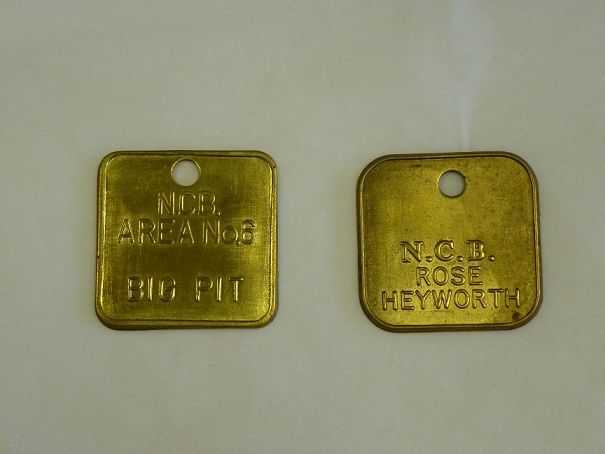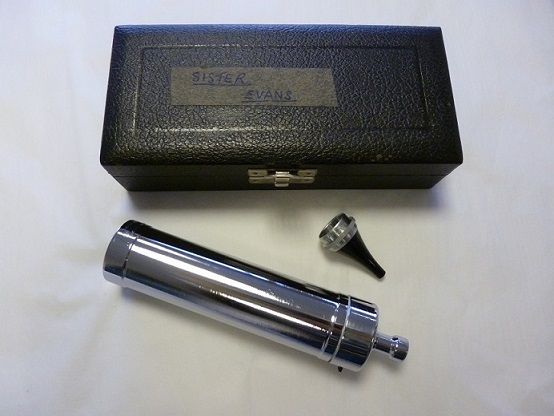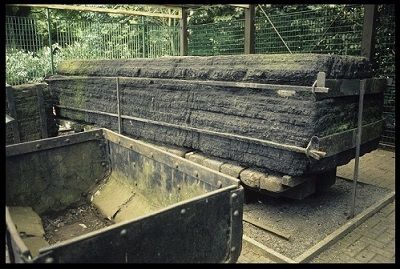A Window into the Industry Collections
, 27 Chwefror 2014
This month we have been donated six lamp checks to add to our very comprehensive collection of checks. Lamp checks informed colliery management of who was in work and became vital when rescue services needed to know how many men were actually underground during an incident such as a fire or explosion. Colliery check systems apparently became common during the late nineteenth century and became mandatory in 1913 after an amendment to the 1911 Coal Mines Act. The two lamp checks shown here were manufactured by E. Thomas & Williams at their Cambrian Works in Aberdare in 2013 using original dies owned by the company. The one on the left was produced to celebrate the 30th anniversary of Big Pit operating as a museum.
Read more information on checks and tokens
You can also see a selection of checks and tokens from our collection on our online database ‘Images of Industry’.
http://museumwales.ac.uk/industry/images/?action=browse_category&category=1716

This ophthalmoscope was used by colliery nurse Sister Iris Evans for checking ears and eyes in Pochin and Oakdale Collieries. After completing her training in 1952 Sister Evans joined the National Coal Board as a nursing officer at Pochin Colliery in 1955. Later she was transferred to Oakdale Colliery. She retired in 1985 finishing her career as Senior Nursing Officer for South Wales Area NCB. During her career she helped out during the Six Bells Colliery disaster in 1960. She also vaccinated many miners at Lady Windsor Colliery during a smallpox outbreak in South Wales in the 1950s.

This large 15 ton piece of coal is now located at Bedwellty Park, Tredegar, and is Grade II listed. It was cut at the Yard Level, Tredegar as a single block with the intention to display it at the Great Exhibition of 1851. It was originally 20 tons, however, after a 5 ton piece broke away in transportation it was decided not to transport it to London as it might not survive the journey. It was subsequently set up in the grounds of Bedwellty House. The smaller block of 2 tons (to the left) was cut in 1951 from the same seam as the earlier one. It was exhibited at the Festival of Britain in London, before being placed next to the earlier block in Bedwellty Park.

Follow us on Twitter - @IndustryACNMW
